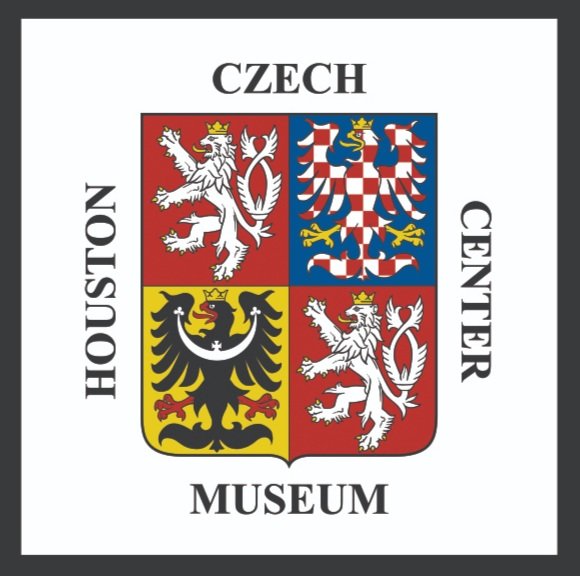In Slavic cultures, spring has always been the most important time of the year - itβÄôs the time of rebirth, associated with life, fertility, and love. Ancient Slavs celebrated the end of winter and the coming of spring with a number of festivals and rituals. Among Czechs, one such tradition has survived to this day - popularly known as Czech ValentineβÄôs Day.
The Burning of the Witches - PΟΓlenΟ≠ ΡçarodΡ¦jnic
This two-part tradition begins on the evening of April 30. Czechs gather around large bonfires on hilltops to celebrate the end of winter. Once it gets dark, an effigy of a witch, made of sticks, straw, and old clothing, is paraded through the community, put on top of the bonfire, and burned. The smoke coming from the giant fire is celebrated as the witch flying away. According to folk tales, she is responsible for keeping the cold weather around, and this ritual marks the end of winter and helps the warm weather return more quickly.
While its spiritual and religious symbolism has lost importance in modern times, the event is still a beloved community celebration. In rural communities, groups of children and teenagers often spend the whole day competing with rival groups to construct the best bonfire. Later in the evening, the celebration continues with a feast - the community roasts food on the colossal fire, enjoys beer, plays music, and sings folk songs late into the night.
As the bonfire dies down and the clock approaches midnight, another tradition ensues - searching for a blossoming cherry tree. If one is found, it is crucial for young couples to kiss under it to ensure good health in the coming year. This marks the end of the celebration, but also the transition into the next holiday:
The Day of Love
While the first of May is most widely known as May Day or Labor Day, in the Czech Republic it is also a time of love. Traditionally, the day prior young men would create a Maypole and guard it all night to make sure no men from neighboring villages stole it. If they successfully defended it, they would be allowed to give women in their community presents, and in the evening there would be a celebration of love involving dancing, and plenty of opportunities for young couples to meet. Throughout the whole day, the tradition of kissing under blossoming cherry trees would continue, and in the evening couples would jump over bonfires while holding hands to test the strength of their bond.
In more recent times, this holiday merged with the legacy of Czech romantic poet Karel Hynek ≤―ΟΓ≥Π≥σ≤Ι - βÄ€the poet of love.βÄù His best-known poem, ≤―ΟΓ¬α (May), telling the tragic story of two young lovers, has become one of the most important works of Czech literature:
Karel Hynek ≤―ΟΓ≥Π≥σ≤Ι: ≤―ΟΓ¬α (May)
Byl pozdnΟ≠ veΡçer - prvnΟ≠ mΟΓj -
veΡçernΟ≠ mΟΓj - byl lΟΓsky Ρças.
HrdliΡçΡçin zval ku lΟΓsce hlas,
kde borovΟΫ zavΟΓnΡ¦l hΟΓj.
O lΟΓsce ≈Γeptal tichΟΫ mech;
kvΡ¦toucΟ≠ strom lhal lΟΓsky ≈Ψel,
svou lΟΓsku slavΟ≠k r≈·≈Ψi pΡ¦l,
r≈·≈Ψinu jevil vonnΟΫ vzdech.
Jezero hladkΟ© v k≈ôovΟ≠ch stinnΟΫch
zvuΡçelo temnΡ¦ tajnΟΫ bol,
b≈ôeh objΟ≠mal je kol a kol;
a slunce jasnΟΓ svΡ¦t≈· jinΟΫch
bloudila blankytnΟΫmi pΟΓsky,
planoucΟ≠ tam co slzy lΟΓsky.
Translation
Late evening, on the first of May -
The twilit May - the time of love.
Meltingly called the turtle-dove,
Where rich and sweet pinewoods lay.
Whispered of love the mosses trail,
The flowering tree as sweetly lied,
The rose's fragrant sigh replied
To love songs of the nightingale.
In shadowy woods the burnished lake
Darkly complained a secret pain,
By circling shores embraced again;
And heaven's clear sun leaned down to take
A road astray in azure deeps,
Like burning tears the lover weeps.
Fittingly, on the first of May, couples visit ≤―ΟΓ≥Π≥σ≤Ιβĉs monument in PragueβÄôs Pet≈ôΟ≠n Hill Park, leave flowers by his statue, and share kisses beneath the many blossoming trees that surround it.
Written by Pavle BajiΡ΅





